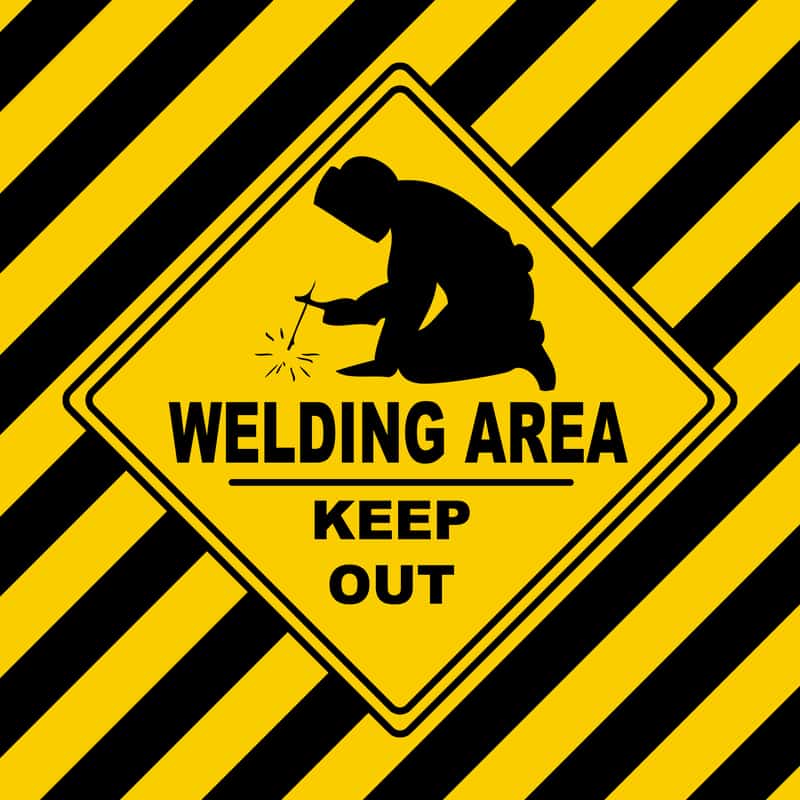“This post contains affiliate links, and I will be compensated if you make a purchase after clicking on my links.”
Ok, this article really got my inner hypochondriac started. When you read about all the ways welding could kill you, keep in mind that life is dangerous, and everything has risks. However, with proper risk mitigation, these risks are manageable as the risks that come with driving a car to work.
Working with metal always comes with risks. Welding is no exception here. However, as for all trades and crafts, the key is risk mitigation. And to mitigate the risk effectively, it is good practice first to analyze what risks a welder exposes himself to. In this article, I will go through 11 harms and dangers that can lead to death while welding, and of which a welder needs to be mindful of. Furthermore, I explore ways in how to mitigate the risk.
Also, this is my risk analysis, and while I tried to list all common dangers in welding from my experience, there is no guarantee for completeness. The same is true for the two other elements of proper risk analysis: probability and mitigation strategy. Feel free to use my pointers as a start or inspiration. However, keep in mind that risks, probability, and mitigation always need to be asset case by case.
1) Radioactivity
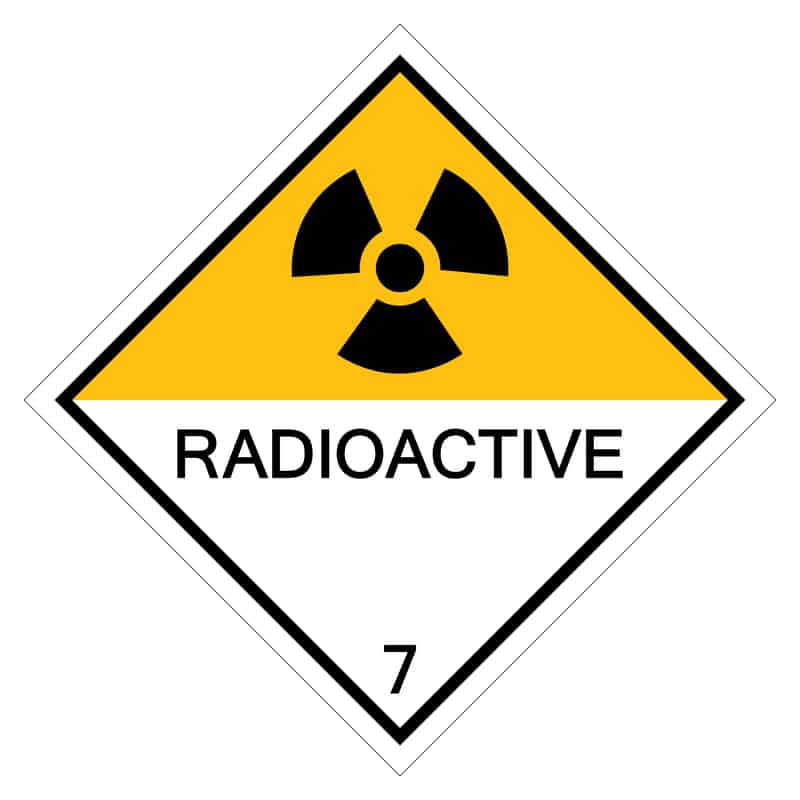
Here is one you might not have on your list (and granted, the most unlikely): Radioactive radiation from welding. And this excludes nuclear power plant welding, as the risk here is not directly from welding but from the welding environment.
Certain materials in welding are radioactive. The best known are Thoriated tungsten electrodes for TIG welding. Ok, granted, this probably the least likely to kill anyone while welding. And one would need to be exposed to copious amounts of this mildly radioactive material.
The highest danger for the welder comes from grinding the thoriated tungsten, especially when the grinding dust is inhaled. A professional grinder with a closed dust collection container is highly advisable in this case! I have a guide for sharpening tungsten written up here, including such a grinding unit.
Why would it kill you? As for any overexposure to radioactivity, cell damage or long-term effects like cancer would be things that kill you.
2) Explosion

Next one on the list is the risk of explosion.
Depending on the welding setup, you are dealing with some highly explosive materials or substances. However, the good thing is, because the risk of explosion is one of the most straightforward and easy to mitigate risks of welding, a lot of safety measures are commonly in place.
So where are the risks for an explosion in a welding environment? The first thing that comes to mind when looking at welding, in general, is the gases necessary for autogenous welding. Acetylene is highly flammable and has a low ignition temperature of 580° F at only 2.3 % volume in the air. Also, if Acetylen gets in contact with copper or cooper alloys, highly explosive Acetylen-Cooper can be formed.
Safety measures for Acetylene are limiting the pressure to work with at 1.5 bar, only use an Acetylene flask standing upright, and having some porous material in the gas bottle to prevent explosive expansion.
Other gases that pose a risk of explosion are Hydrogen, however the concentration in a welding environment would generally be too low for Hydrogen on the explosion risk list.

Mitigation
Three areas that are generally true for all kinds of welding processes and gases:
- Follow the provided safety guidelines and warnings: Might strike as basic advice. However, every supplier should provide sufficient safety data for safe use. If unsure, contact your supplier.
- Sufficient air circulation: Another fundamental is proper ventilation. An explosion is very often the result of reaching a critical volume within a space. That usually does happen over time. Making sure that there is enough ventilation, not only in your workplace but also in the workshop in general, is vital. While preventing drafts is important to keep your arc or flame stable, air circulation is crucial.
- Get Advice: When you start welding new materials, make sure there is no critical chemical reaction that can form. As I pointed out for cooper, an expert would immediately make you aware of the risk for welding when welding autogenous.
- Follow your instinct: Sounds esoteric at first, however as mentioned before, especially gas explosions need to build up. While some gases are odorless, some aren’t. If you pick up a gas smell or hear a strange sizzling from your gas bottle, investigate and check before continuing. Common sense goes a long way in preventing accidents.
3) Fire
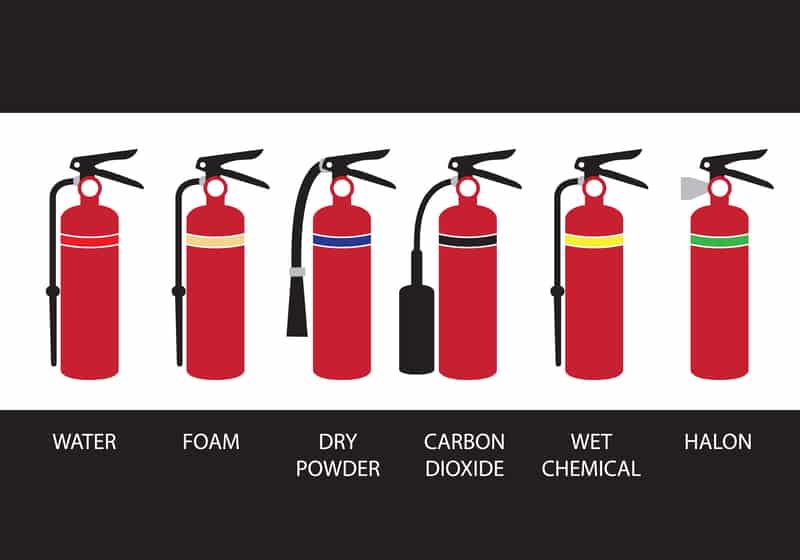
When welding, a material with a high melting point is molten. If any material with a lower melting point is close enough to such a heat source, it will ignite and burn. Therefore taking proper care of what materials are close to the welding area is of vital importance. Furthermore, having a fire extinguisher close can put out flames before things become critical. Note here: When extinguishing a fire, be careful about the current of the welder, or you trade death by fire against death by electrocution (which is another point). Not every fire extinguisher is suitable for a welding workshop!
The second source of fire hazards is unclean surfaces. Grease, oil, and paint have a low ignition point and will flash quite quickly. Also, be careful with any gas leaks on Acetylene or Propane tanks. And especially Oxygen. Apart from observing all good safety standards, keeping an eye out for odors and hissing sounds.
Mitigation
Very similar to the risk of explosion, as both risks are related. One addition though: Keep a fire extinguisher at hand when welding. Fire can’t always be prevented, and errors are human. A close by positioned extinguisher mitigates the actual risk significantly and is not only good practice, but required in workshops.
4) Suffocation
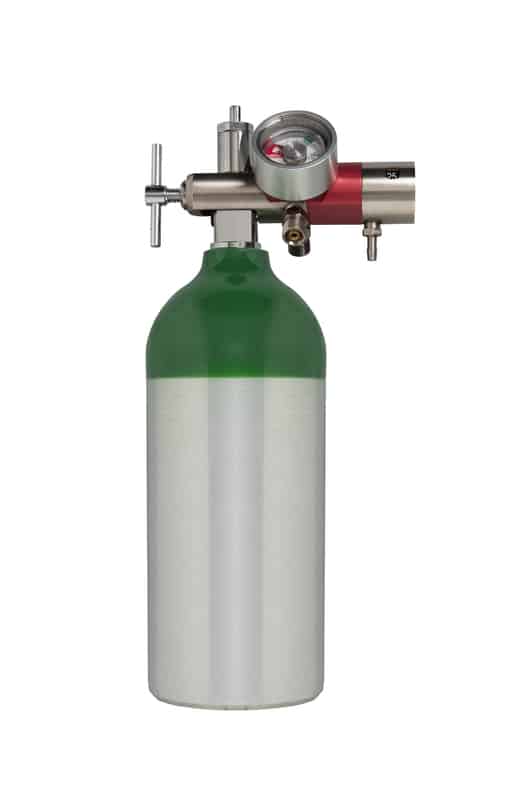
Drowning in Argon is a well-known and sadly still too frequent occurrence that can easily be prevented. However, it shows that even a non-toxic noble gas like Argon can be quite dangerous for welders. Argon is only one example of a gas that is odorless and replaces the air around the welder unnoticed, especially when welding tanks or in other close quarters. This risk needs to be mitigated.
One way is to weld with an breathing apparatus. Or fresh air is pumped into the welders work space. Very important to note is, that it is absolutely prohibited to pump pure oxygen or oxygen rich gas into the confined welding space. Oxygen is highly flammable, and would cause another type of death.
While Argon is heavier than air, and displaces environmental air from the bottom to the top, gases like Helium are lighter than air. Depending on the weld space (for example welding within a bell shaped object), this would have the same air displacing effect than Argon has.
Another way of suffocation is by inhaling dangerous fumes that prevent oxygen exchange in the lungs. Iron oxide and aluminum oxide are fumes.
Mitigation
Quite similar again to what I wrote for explosion mitigation. Especially ventilation and extraction are crucial here. Extraction is a topic on it’s own, and needs to be viewed individually.
5) Poisoning
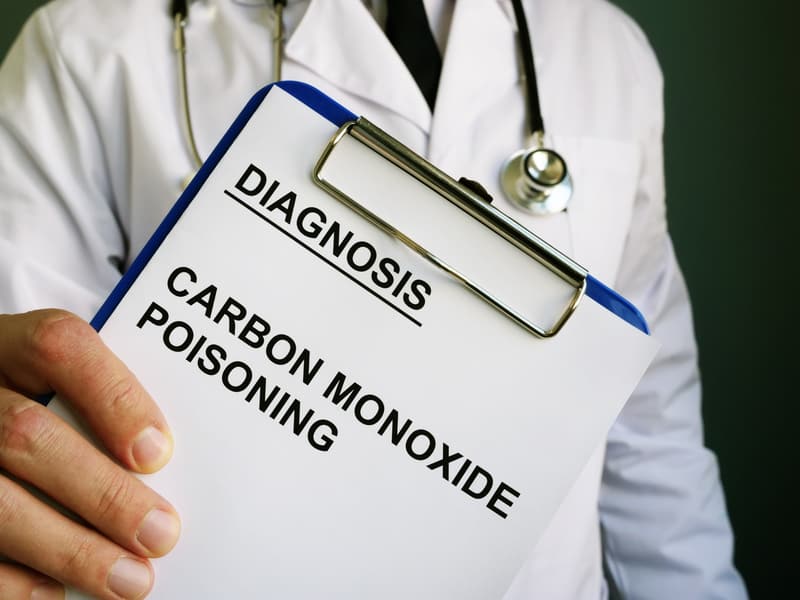
Poisonous substances create their impact at a certain concentration. These substances can be clustered into two sections, gases and smoke. Gases are, for example, carbon monoxide, nitrogen monoxide, nitrogen oxide.
Examples for poisonous smoke would be lead, cooper, tin, fluroid and zinc oxide smoke.
As you might see from the list of examples, there are numerous toxic substances in a welding environment. Still, they are often connected with alloying elements of the base or filler material. On the other hand, toxicity is created through the process. In some cases, this can not be prevented when materials have to be joined or processed. One example of post-process toxicity is the pickling of chrome-nickel steel for food industry applications. In this case, proper safety precautions are key.
In other cases, too much heat input can cause alloy materials to burn. This is (sometimes) preventable. By reducing the heat input and improving heat control, these harmful fumes and gases can be prevented. Or when welding autogenous, if the ignition gas is not fully burned in the flame, carbon monoxide and carbon dioxide are created. This can easily be mitigated by changing the flame.
Mitigation
So let’s focus on mitigation! There are some key factors to keep in mind when handling one of these toxic compounds. Here are some ideas on how to reduce the concentration.
- Ventilation and Extraction: Most welding processes make in-process extraction necessary. Furthermore, technical extraction within the work shop might be necessary.
- Change process: TIG welding creates the lowest amount of smoke and fumes of all welding processes.
- Use water when plasma cutting: Water significantly reduces fume production.
- Avoiding large autogenous flames: Larger flames can lead to more CO escaping unburned. And only 4% Volume of Carbon Monoxide in the Air causes fatigue, headache, and the possibility to black out.
- Choosing suitable parameters for arc welding: The goal is to melt the material, and not to evaporate the metal or alloying elements.
- Properly cleaning all welding surfaces: Oil, grease, and paint creates not only a fire risk but also toxic fumes.
6) Optical Radiation
Optical radiation comes in different forms. Here is an overview:
UV radiation (UV): Is emitted by the welding arc, especially the short wave ultraviolet light is harmful to the eyes and skin. Short-term exposure creates irritation, sunburn, and damage to the retina. Long-term exposure increases the chance of developing cancer.
Infrared radiation (IR): Mostly emitted from heat sources. Therefore also called heat radiation. Flames, weld puddles, and red hot material radiates infrared radiation. Exposure is especially harmful to sensitive areas like the eyes, where it can lead to blindness.
LASER Radiation: Electro-Magnetic radiation between 100 nm and 1 nm is also called Laser radiation. The harmfulness of Laser radiation is classified into 5 tiers:
- Class 1: Generally not harmful.
- Class 2: Not harmful for short exposure.
- Class 3 A: Dangerous for the eyes.
- Class 3 B: Dangerous for eyes and skin.
- Class 4: Very dangerous, even diffuse radiation can be harmful.
All of these radiation types severly damage vulnerable parts of the body, especially the eyes and can lead to skin cancer.
Mitigation
The mitigation strategy is straightforward: Follow the safety guidelines and never be around without proper PPE covering skin and eyes. Even though a class 4 Laser will immediately cause harm, probably the most common and, therefore, in my opinion, more deadly radiation is prolonged, unprotected UV radiation exposure. Effects can only be measured decades after the event(s), and cause and effect might not be as clear to the welder.
So, in short: Always wear your PPE! You can find articles for MIG welding protection here and also here. And for finding the right shade for TIG welding, there is an article about it here.
7) Robots

As robots become more and more omnipresent on the shop floors, killed by robot is one of the causes I came up with.
Before we look into the risk, it is important to distinguish between two types of robots:
- Collaborating robots: They are designed to work as an extension of the worker’s arm and do not necessarily need any protective casing or dedicated workplace in the factory. Due to the high inclusion into the human workflow, the safety mechanisms are very elaborate, and the max allowed moving speed is low. The risk from these types of robots is engineered to be exceptionally low.
- Cooperating robots: These robots are the classical robot arm we see in a car manufacturing plant. Key features of cooperating robots are that they need a dedicated workspace in the factory that segregates human and robotic workflow. Clear floor markings and laser barriers (to stop the program) would be the first line of defense. It is not unusual, though, that the robotic area is completely fenced off. The movement speed of the robots is not restricted, and within a workflow, cooperating robots usually complete a whole set of tasks without human support.
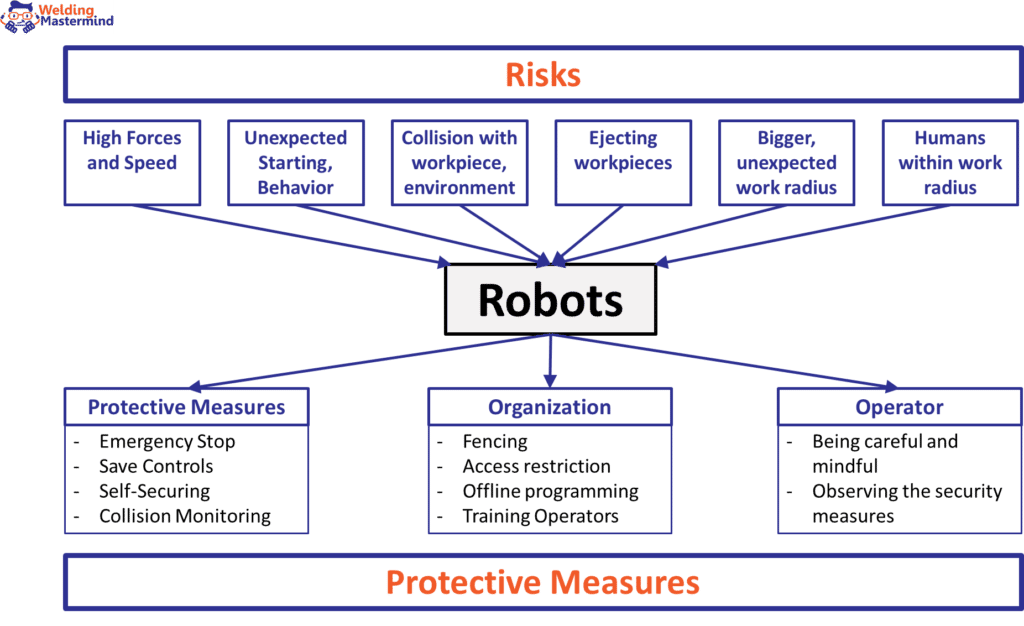
The biggest risks for collaborating robots are operator errors (for whatever reason), and the robot is not used as designed (e.g., overloading, wrong attachments, etc.). And of course, like with every machine, material failure.
Cooperating robots pose a significant risk of being harmed. A welder should not be within a robot cell when active. However, we all now project pressure, miscoordination while setting up machinery, etc. Therefore cooperating robots make my list.
8) Electro Magnetic Fields
Electro Magnetic Fields, or EMF, in short, are created by every electric device. If we watch TV, make a call or switch on the light, EMFs are created the moment electricity flows. What effect this constant exposure to mild EMF has on our body is still not completely understood.
However, what is understood and scientifically agreed upon is that higher electric flows create stronger EMFs. And at some point, these EMFs can harm the body.
Risk & Probability
So what are the main risks of EMF in welding, and how could they kill a welder? Nerves and muscles can be overactivated by EMFs and create damage to the body. The most critical risk here is created for welders with active or passive health aids, such as peacemakers. The medical device has a high chance of being interrupted or stopped.
How high is the probability of such an event? I would give it a low for welders without a medical aid like a pacemaker because of the distance of the welder to the welding machine. And for welders with a pacemaker, I would classify the risk as high, to put the utmost care into mitigation, as a failure is much more critical than a muscle twitch for a regular person.
Mitigation
How does one mitigate such a risk? The first step would always be to consult with the welding machine manufacturer. Also, measuring the EMF exposure within the workspace of the welder is equally important. The strength of an EMF reduces with distance to the EMFs source. A proper risk evaluation needs to be conducted for the specific equipment and workshop layout. However, these would be my first steps for mitigation.
9) Electrocution or Electric Shock
Electric Shock is probably one of the most obvious dangers when conducting metal arc welding. A current flow through our body can lead to burns, cardiac arrest, internal bleeding, and ultimately death. However, the current flowing through our body is more dangerous when the current flows from hand to foot.
The reason is that the danger that stems from the welding current (or any current for that matter) is derived from the resistance. Length-wise, our body has a resistance value of about 1000 Ohm. That means that short-circuiting between your hands is less dangerous than from hand to foot.
This means that it is important to wear insulated shoes to prevent the longest route through the body, even when some power source has been accidentally touched.
Noteworthy is as well that Direct Current is less harmful at the same current level than Alternating Current.
However, even low currents can create a shock that throws you off balance. So while the current might be harmless to your body, after all, the secondary effect of the accident can be fatal if you are welding on a skyscraper or scaffolding.
Here is an overview about the effects of currents:

Mitigation
A general rule is to avoid making your body the shortest route for the current to flow between two poles. The mitigation strategy therefore has two pillars:
- Setting up the ground clamp close to the welding zone: The ground clamp is designed to have a low resistance value by using materials like copper, for example. Placing the clamp close to the welding area and ensuring no insulating layer of rust, dirt, or grease makes sure that this is the easiest “route” for the welding current to flow through.
- Protect yourself with insulating layers: Your skin is not the best but also not the worst conductor for electricity. And while we target to have the ground clamp in a position where it conducts electricity as best as possible, welding PPE is designed to decrease your conductivity. By tackling the risk of electric shock from both ways, the risk can be significantly reduced. Paramount safety practices are wearing gloves to prevent skin-to-metal contact, wearing safety shoes to prevent electric flow from hand to toes, and not wearing jewelry that can short circuit your insulating PPE.
10) Cancer
Cancer as a reason why welding kills appears in half of the listed points here. So I won’t bore with repetition. Just a general takeaway: Not only are the tools used in welding, not for children, but also the chemical elements we handle can be quite dangerous.
However because the danger is so obvious and well known, safety measures are one of the best in the industry. Companies are watched quite closely on how they keep the safety standards and get audited regularly.
So let me urge you to read the safety labels, obey the safety guidelines and above all, wear the appropriate PPE while welding. If you unsure about the safety risks, contact the material supplier, a welding institute or get a consultation by a certified inspector or engineer.
11) Sitting and Work Place Ergonomic
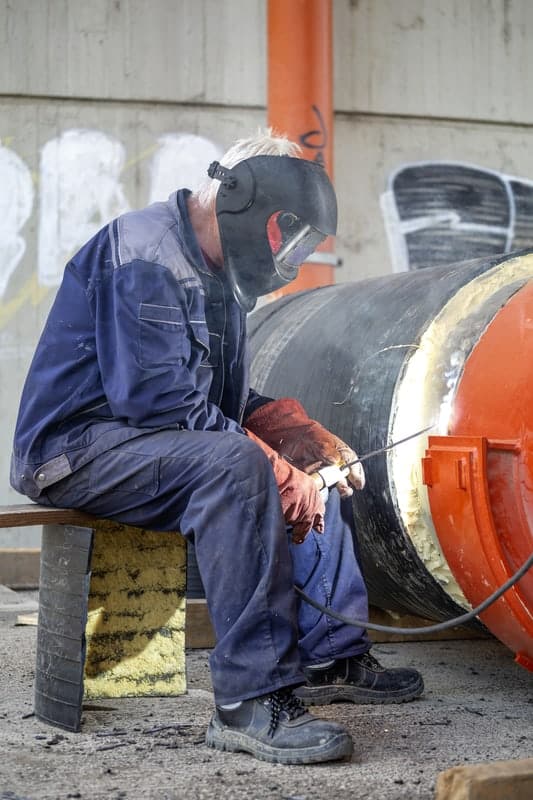
Sitting kills (source). There are a lot of new studies that prove that sitting for a prolonged period of time every day shortens your life span. And this can also affect certain types of welders. Most welding jobs require a calm hand and fixed body positioning while laying the weld. However, when welding on a welding table, especially smaller and repetitive parts, the concentrated and focused work in a small work range leads to sedentary behavior.
Mitigation
If this type of welding is something you do, try to stand up after every couple of parts or welds. Use the time to grind or prep something. Standing desks are no solution for a welding workshop, so be creative in integrating some posture changes into your daily life.
Granted, sitting might not be the most frightening or most prevalent reason for death by welding, however sitting. In contrast, welding is a big chunk of many industrial welding processes I worked with. Therefore it got an honorable mention on my list.
Disclaimer: This article is written for general information and the author is not liable for any safety decisions made based on this article.

